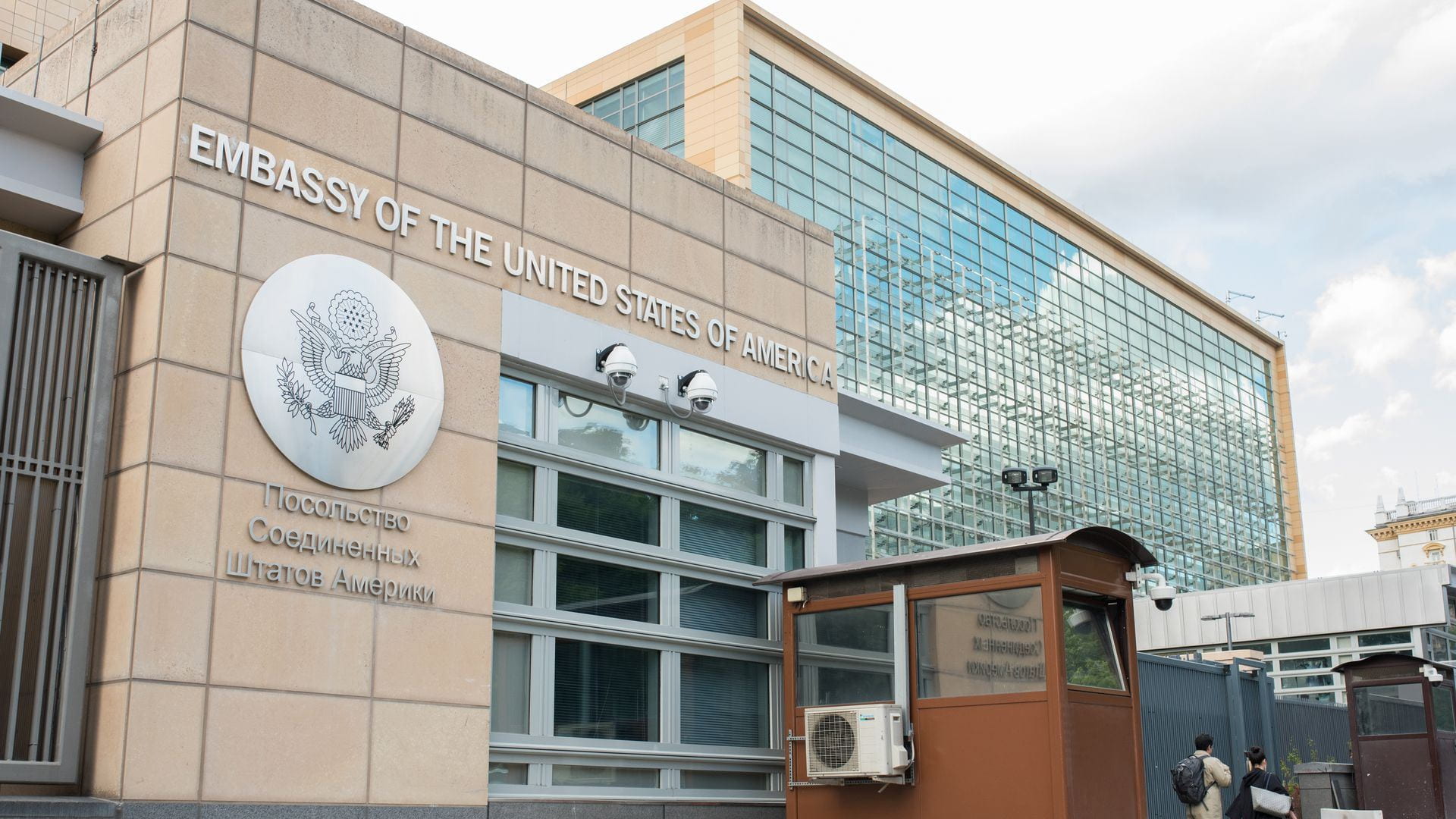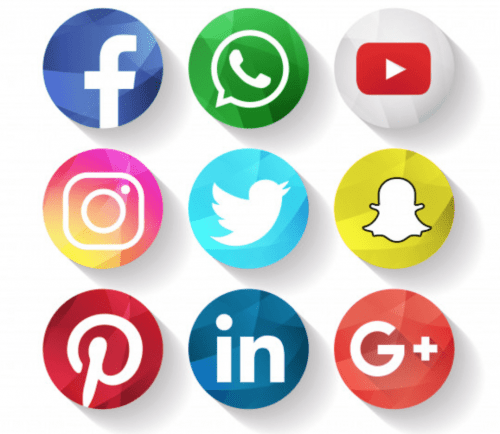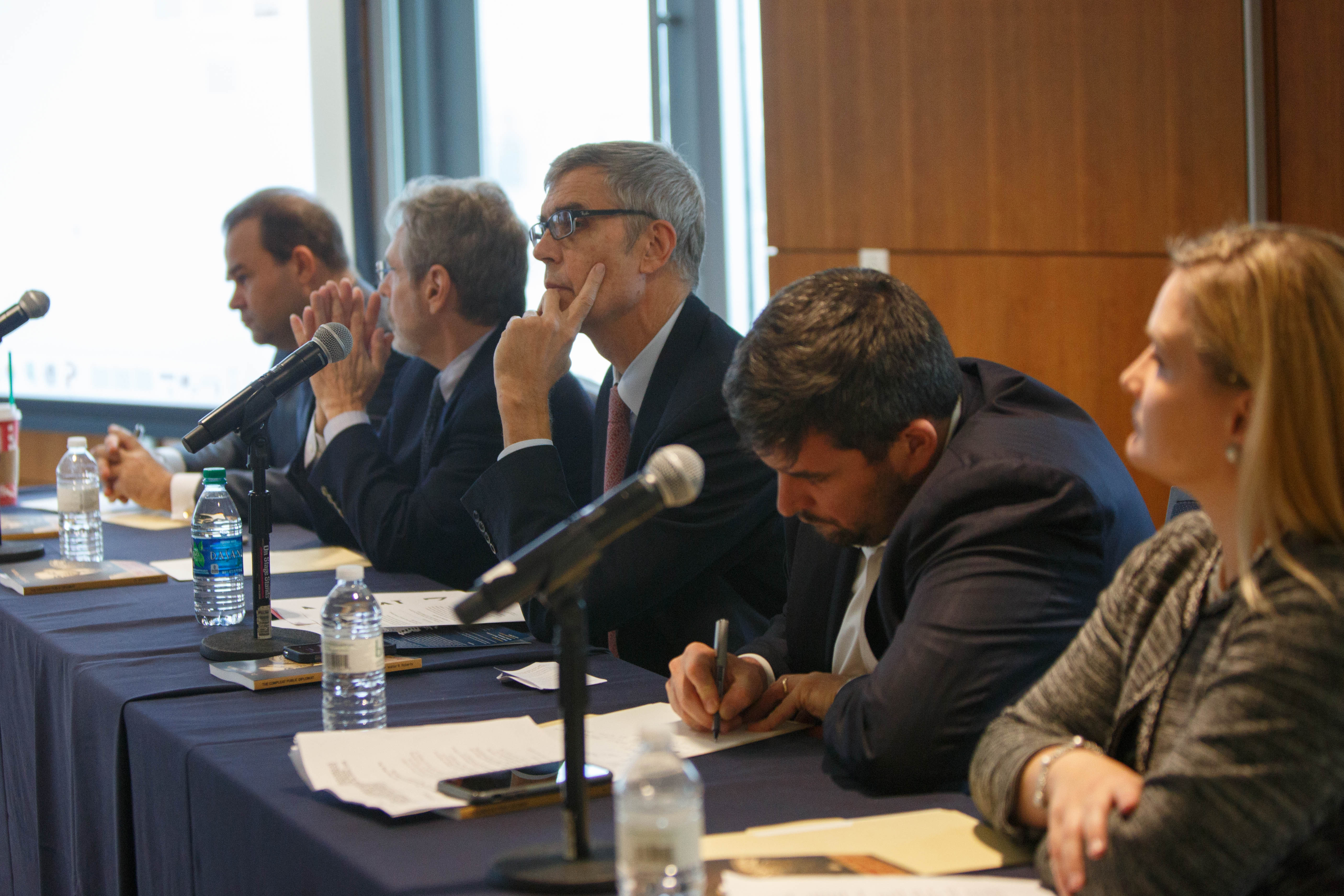The Chessboard and the Web: An Unnecessary Distinction?
Review by Nikki Hinshaw, M.A. Global Communication, ’22 Within the field of international affairs, the metaphor of the chessboard has long been utilized to explain the strategic relationships between states. In “Global Complexity: Intersection of Chessboard and Web Trends,” Anne-Marie Slaughter (2016) emphasizes the importance of viewing the field not…







